These two shapes together clinging
Brunswick Street Gallery, Emerge: O ut Midsumma 2024
These two shapes together clinging, three variations of a triptych taken through different print processes, continues my exploration of the queer body.
The title references David Hockney’s seminal 1961 painting ‘We Two Boys Together, Clinging,’ a title he took from a Walt Whitman poem. Hockney’s early work was a brave public statement of queer desire at a time when homosexuality was still illegal in the UK. The underlying digital image in my piece takes a screen shot from gay porn and abstracts it through various digital processes, parts of the original imagery are still recognisable other elements merely maintain the register of the body. The queer body today still moves in and out of visibility.
The work combines various manual and digital print processes. The first version was originally exhibited as part of a group show of mokulito work. In this original version the ‘key plate’ pigment print is overlayed by a coupling of biomorphic mokulito shapes. In the second version the original digital key plates have become photogravure plates and are overlayed onto colour pigment prints. In a third version the multiple levels of layering is done digitally and produced as a pigment print. In each version different elements of the underlying imagery are highlighted or hidden.
Like much of my work a sense of shape builds connections between our bodily shapes and the shapes around us, particularly the raw vegetal shapes of plant life. Jane Bennett suggests that this ‘mode of communication that proceeds via shape’ connects us to not only new ways of seeing but also new ways of being. Once attuned to these affiliative sensory connections “you become alert to them, and then there’s a slight but real kaleidoscopic shift in everything you see, hear, smell, touch, taste, and think. What becomes a little more sensible, conceivable, and plausible is the existence of a web of cross-body, shapely communications that subvents or is only vaguely hooked into more word-reliant networks. One may start to experience oneself less as an intersubjective being and more as an inter- and intra- twined shape.” (Bennett 2017: 103)
“The queer body today still moves in and out of visibility.”

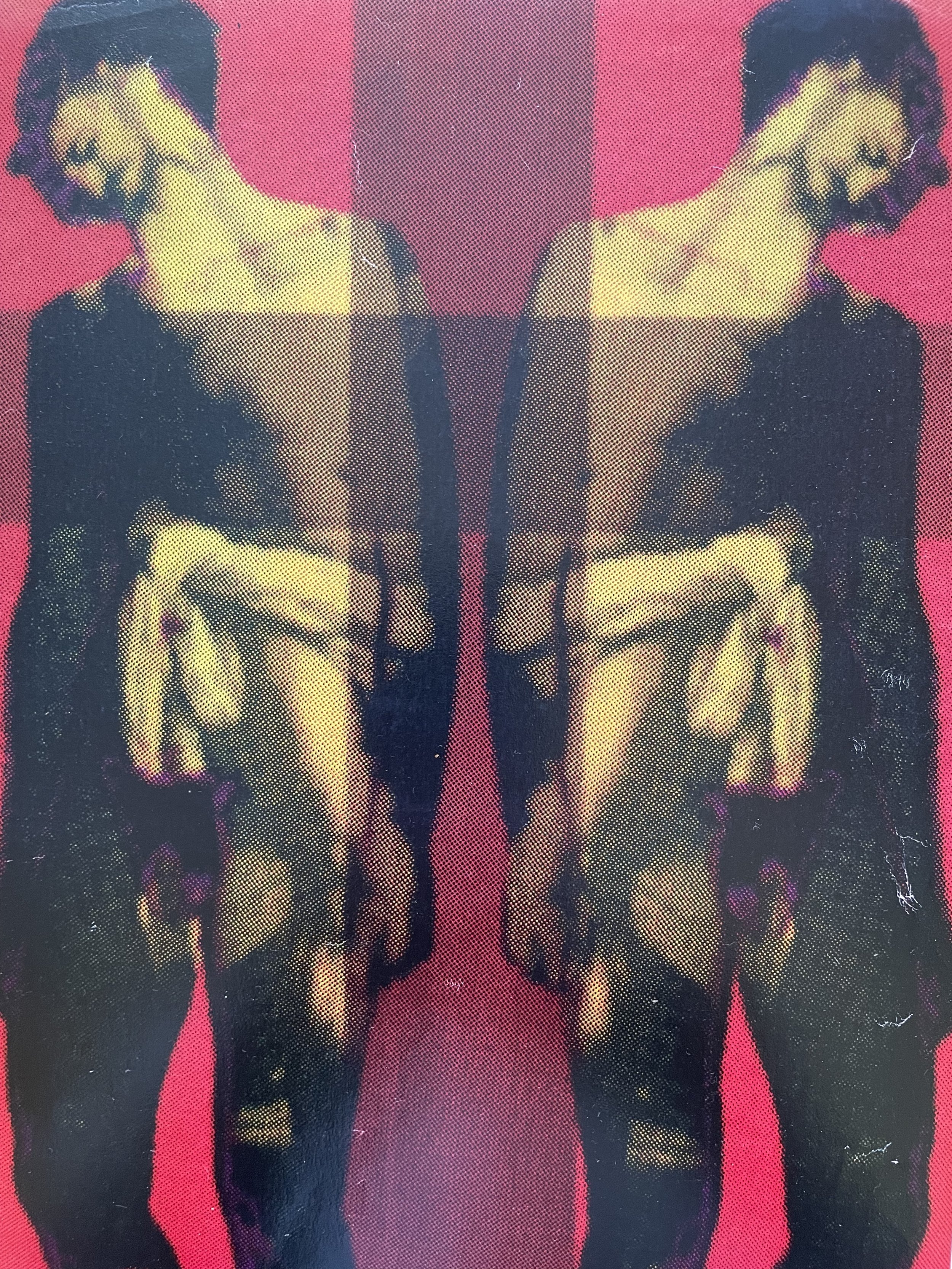
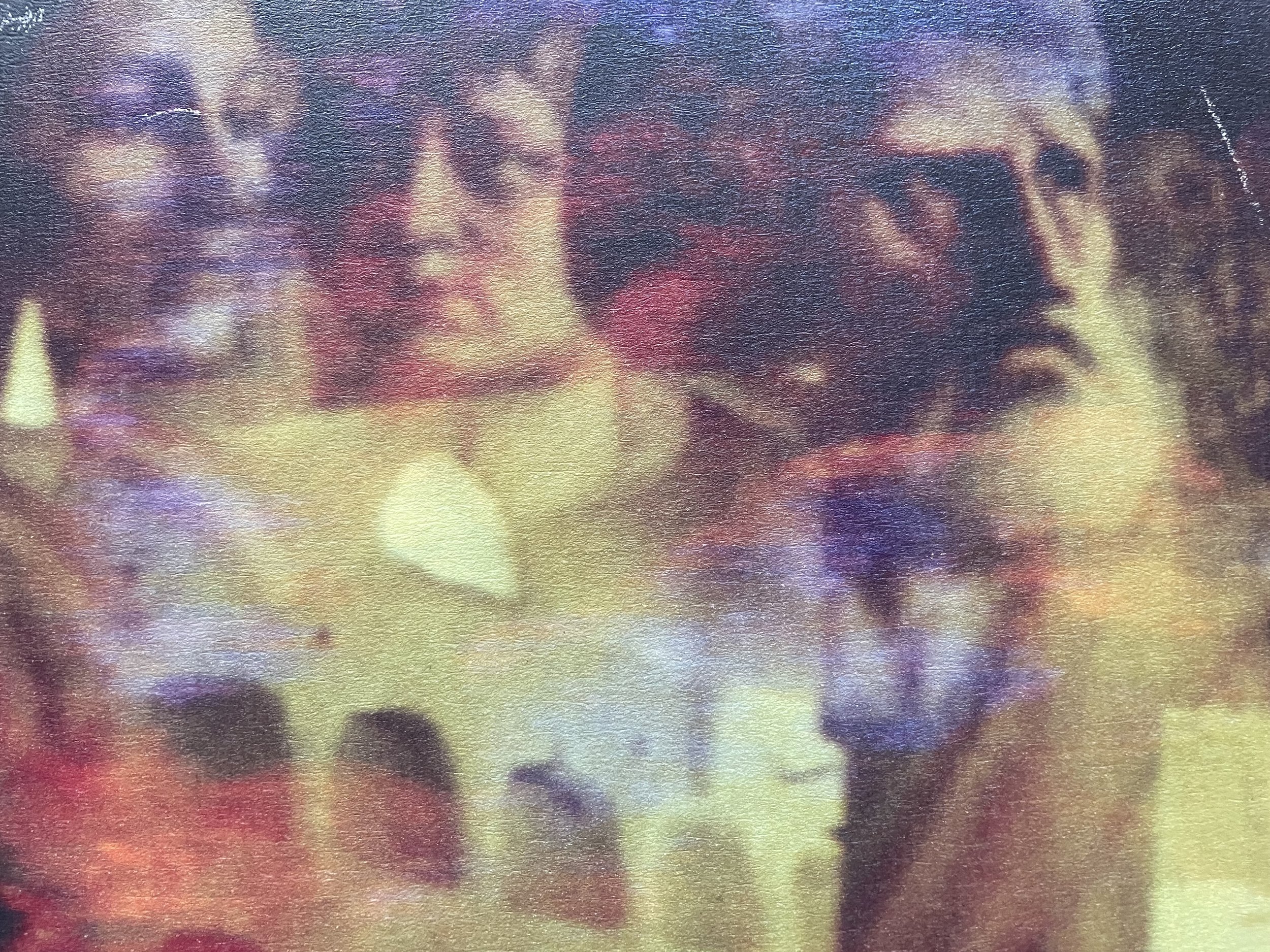
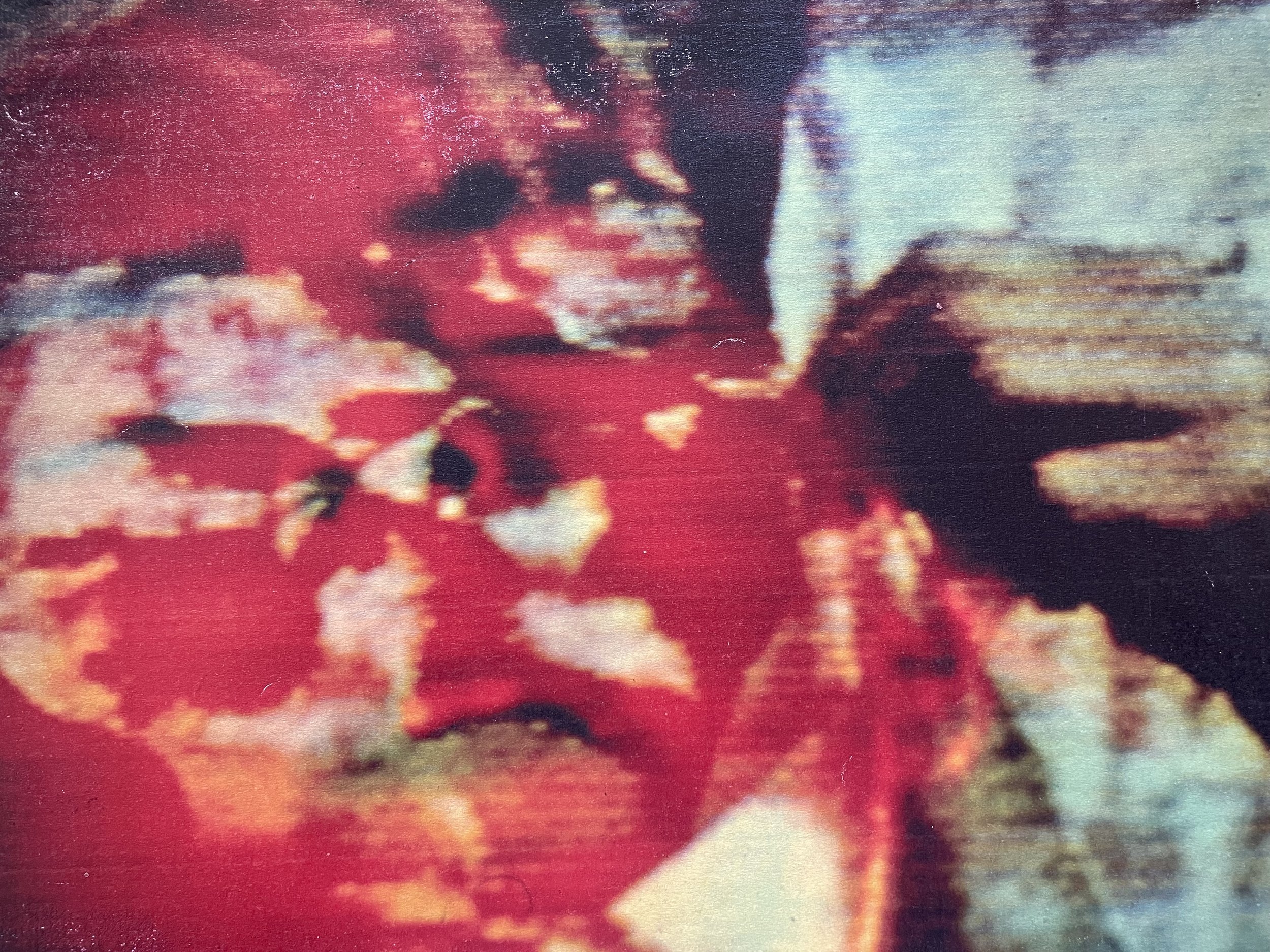
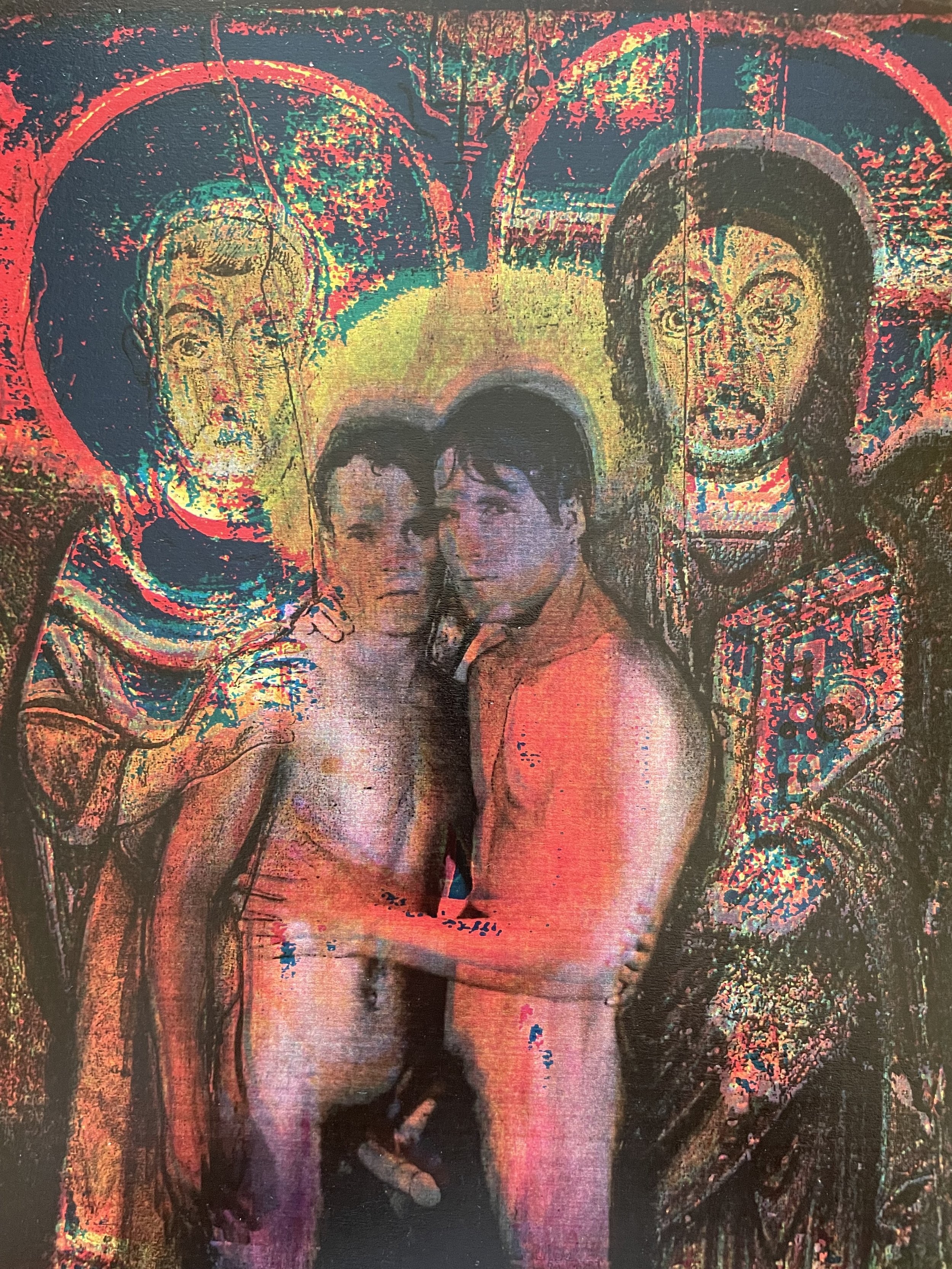
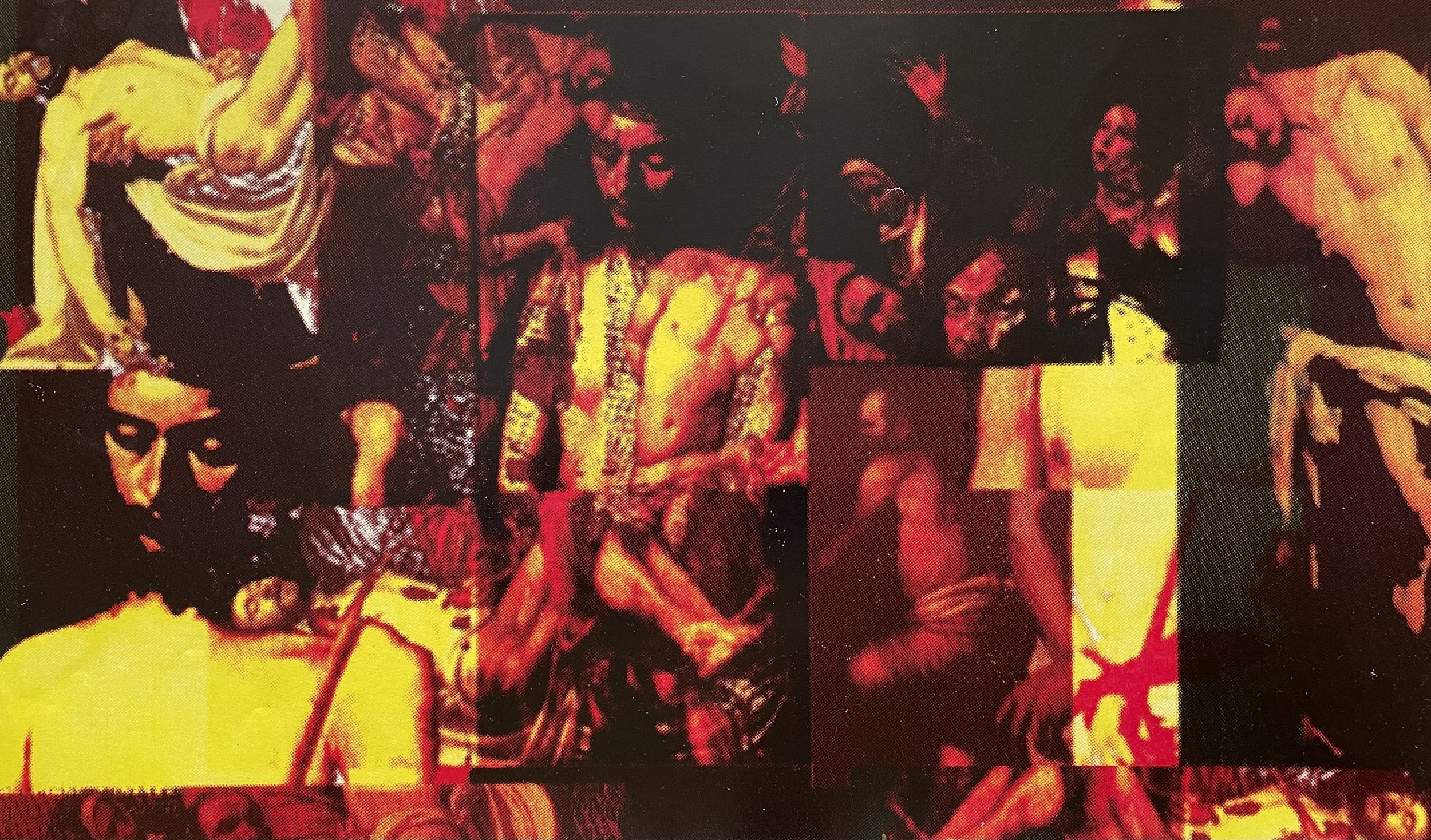
My early work focused on ‘old master’ imagery digitally recontextualised to investigate sexuality religion and death, as a response to the then evolving HIV epidemic (selection of surviving images in carousel above). These images used early digital forms of reproduction such as colour photocopiers and early versions of photoshop as well as manual forms of layering created through rephotographed multi slide projection. This work was featured in significant national exhibitions such as the National Gallery of Australia’s Don’t Leave Me This Way: Art in the Age of AIDS and the nationally touring exhibition Active Agents: AIDS Art in Australia.
I have recently returned to some of this work and recontextualised one of the images in the context of my dark ecology series. The images on the left shows my early self portrait from my 1993 This is My Body series and my recent Self portrait - remembrance of things past and omens of things to come, which uses one of the original 1993 photographs. In the earlier work my body, in the context of Christian sacrificial imagery, stood in for the wound of HIV; in the new image the marked almost obliterated body bleeds into the endangered forest inseparable in the age of the Anthropocene.
Queer Saints
Queer Saints is an evolving new series of photogravure prints. The series plays with the covering and uncovering of the saint’s body and the collision of the erotic and ecstatic in Christian iconography. Each print takes a particular saint and layers a coupling of images together, creating condensed narratives of desire. The layered images haunt one another ghosting both spirit and flesh. In the series, I play not just with the sense of beauty, eroticism, mystery and ecstasy in old master images of saints but with the covering and uncovering of each of these qualities, the doubling and the leakage of one into another. Each print combines two old master images of a particular saint, in this sense they are of the saint shadowing themselves in a kind of autoerotic dance. These different incarnations combine to reveal and conceal the liminal figure of the saint through a kind of digital chiaroscuro. Both a body and a ghost, a trick of light.
Each image is titled with a poetic phrase from fourteenth century mystic Richard Rolle’s Fire of Love, which further draws out the juxtaposition of eros and ecstasy. As Christopher Roman (2017) has written, Rolle is himself a kind of proto-queer figure who used all sorts of hetero- and homo- sexual imagery to chart the mystic experience.





